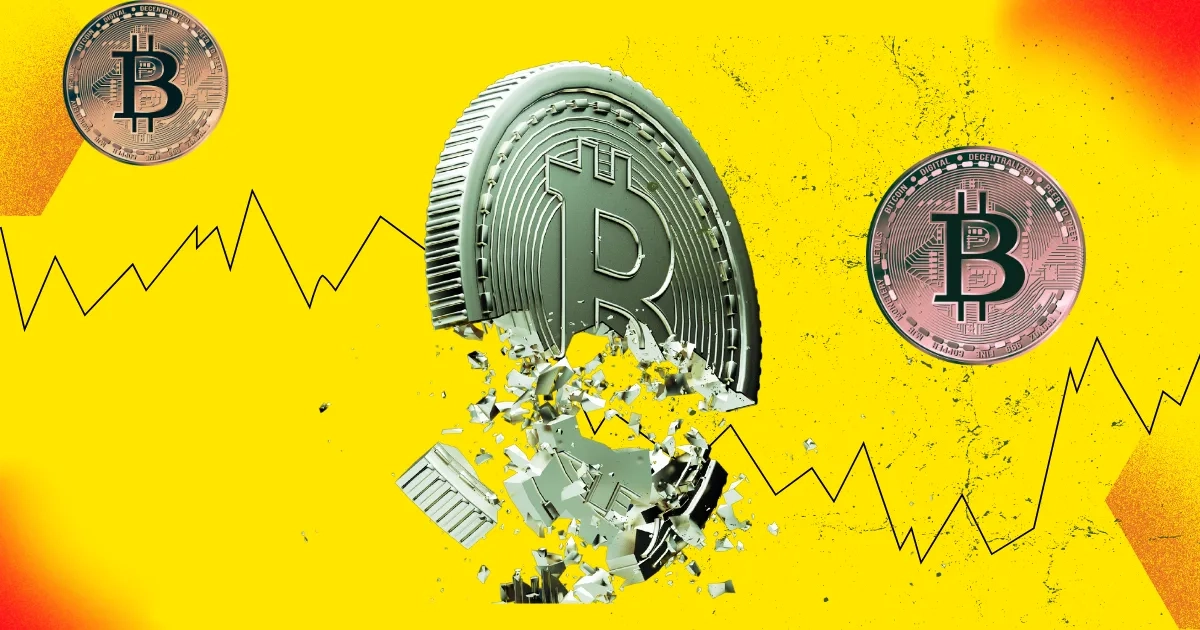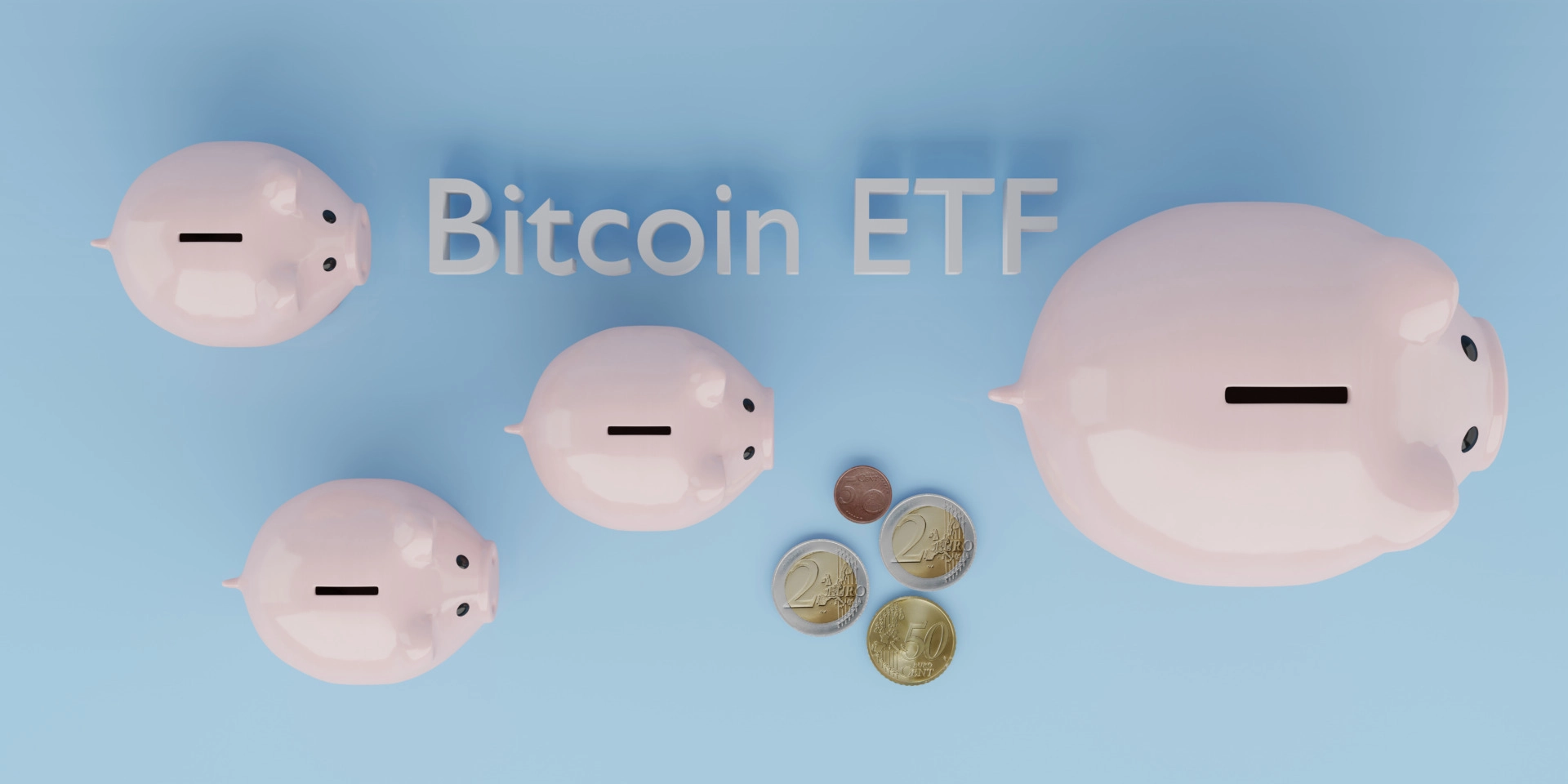What the Key Metrics for Onchain Activity Say About SOL, ETH and Other Chains in 2025
In a sea of noise, the real winners of Web3 will be those who turn raw on-chain data into actionable signals for sustainable growth.
Updated Dec 23, 2024, 6:43 p.m. UTC Published Dec 23, 2024, 6:35 p.m. UTC
Web3 is drowning in metrics, most of which paint an unclear picture. Transaction volumes, token prices and flashy headlines often mask what really matters: the quality of user engagement and the potential for organic, exponential growth. As the industry moves beyond the hype, reliable, data-driven signals of success are no longer optional — they’re essential.
Here’s the good news: the tools to cut through the noise already exist. By combining multiple on-chain metrics into a single “health index” score indicating the depth and quality of overall user engagement, we can identify which chains are truly thriving and poised for long-term growth. With 2024 coming to a close, let’s dig into what these signals reveal about today’s leading chains, and what we can expect in 2025.
Assessing user quality using aggregated, not isolated, data
When creating a sustainable on-chain ecosystem, it doesn’t make sense to optimize any single user action. What’s needed is context — a way to quantify not just everything users are doing, but how and why it matters. One promising approach to achieve this is to aggregate user behaviors into five core categories:
- Transaction Activity, ranging from spot trades to smart contract interactions.
- Token Accumulation in the medium-to-long-term, and other “investment” behaviors.
- DeFi Engagement for activities like staking, lending and liquidity provision.
- NFT Activity such as minting, trading and utility-driven interactions.
- Governance Participation to quantify DAO or protocol governance contributions.
Crucially, these metrics should not be treated equally. A better approach is to weigh and combine them using a Bayesian model to generate a single top-line “score.” Unlike traditional scoring systems that rely on static thresholds or simple averages, this lets us incorporate both prior knowledge (what we expect from an “average” wallet) and new evidence (actual activity observed on-chain). These dynamic, multi-variate scores are much harder to game and therefore more likely to reveal accurate, actionable insights.
What the data tells us about 2024
The above approach provides a fresh perspective on each chain’s user activity through 2024. Let’s zoom in on some of the more surprising findings.
Source: Flipside Crypto (flipside.xyz)
Solana (the top light blue line that peaks at ~2.75) attracted a huge share of high-quality users between February and mid-March, but engagement quality has fallen since. Interestingly, this downslide coincided with SOL’s first price and trading volume spike of 2024, and has continued through the current memecoin mania. Repetitive actions have diminishing returns when assessed using a Bayesian model, meaning multiple token swaps yield smaller score improvements than engagement across multiple types of activities, for any given wallet. This suggests most Solana users are currently engaged in a narrow range of on-chain activities that aren’t contributing to Solana’s multi-sector growth.
As for Ethereum supporters (the bottom orange line that begins at just above 1) who expected this year’s ETH ETFs to be a game-changer, the numbers paint a different picture. Ethereum’s low and stable user score through H1 2024 suggests that this year’s bullish developments did not spur broader ecosystem participation such as DeFi activity and protocol governance.
It’s also worth noting that Axelar (the dark blue line that begins at 2.5) had the most active users across the broadest range of on-chain activities relative to its total user base, according to the data. While Axelar is currently much smaller by TVL than the legacy chains dominating today’s headlines, this is an intriguing signal that warrants closer inspection — and would have been missed if we were looking at market cap or trading volume alone.
The takeaway here isn’t that Solana is doomed and Axelar will inevitably become the world’s biggest chain. There is limited value in comparing these types of scores across chains, since each score is proportional to the user quality of its corresponding chain. In other words, a Solana user with a score of “4” may be very different from a “4” on Axelar, given the differences in each chain’s baseline activity. As such, these scores are most useful when tracking changes in the quality of a chain’s overall user activity over time, not cross-chain comparisons.
Predictions for 2025
With that said, what does each chain’s user quality track record tell us about next year?
For starters, it’s clear that Solana faces significant challenges and opportunities entering 2025. The chain’s trajectory depends on its ability to retain its massive casual user base and expand their range of on-chain interactions. Failure to do so could result in a significant slump once memecoins cool off — although data from early 2024 suggests the chain has a large contingent of quality users that will endure regardless of what happens short-term.
2024 demonstrated Axelar’s ability to attract a concentrated user base engaged in diverse, sustained on-chain activities, rather than speculative surges. Now, Axelar’s challenge will be upscaling its ecosystem without diluting the quality of its user base. This may involve prioritizing high-profile partnerships to unlock new audiences while creating more newbie-friendly onramps across its dApp ecosystem.
Ethereum’s fragmentation has shifted many active users to its faster, cheaper L2 ecosystem, and so we may see mainnet activity increasingly consolidate around core features protocol staking and governance. These activities are critical for the broader EVM ecosystem, but this trajectory may be penalized by scoring systems that reward diverse on-chain engagement.
This dynamic underscores a challenge for scoring systems: prioritizing wide-ranging user activity can present an incomplete picture when applied to task-specific networks (or general purpose chains that are evolving into something more specialized). As a result, it’s important to clearly define what success means for whatever chain is being evaluated and use a scoring system that captures the corresponding user actions.
A better way to define, and drive, on-chain growth
Web3 has spent too long chasing the wrong metrics and failing to view the data in aggregate. In 2025, the winners will be those who find multivariate ways to measure — and act on — what matters most: user quality.
By incorporating new scoring methods into their dashboards, on-chain intelligence platforms can provide more meaningful insights to investors and industry observers. At the same time, Web3 builders can use these scores to clarify top priorities and drive user engagement and value creation. Ultimately, this will help the entire industry shift away from hype-driven narratives to data-backed strategies that unlock the full potential of Web3 in 2025 and beyond.
Note: The views expressed in this column are those of the author and do not necessarily reflect those of CoinDesk, Inc. or its owners and affiliates.
Dr. Angela Minster
Dr. Angela Minster is the Director of Data Science at Flipside. With a PhD in Statistics and over 6 years on the Flipside team, Dr. Minster's work on Scores has proven instrumental to pioneering the blockchain growth space.
Eric Stone
Eric Stone is the Chief Data Scientist and co-founder of Flipside. With over a decade of experience as a professional data scientist, his research and methodologies behind Flipside Scores inform the foundational growth strategies for Flipside's top blockchain partners.



